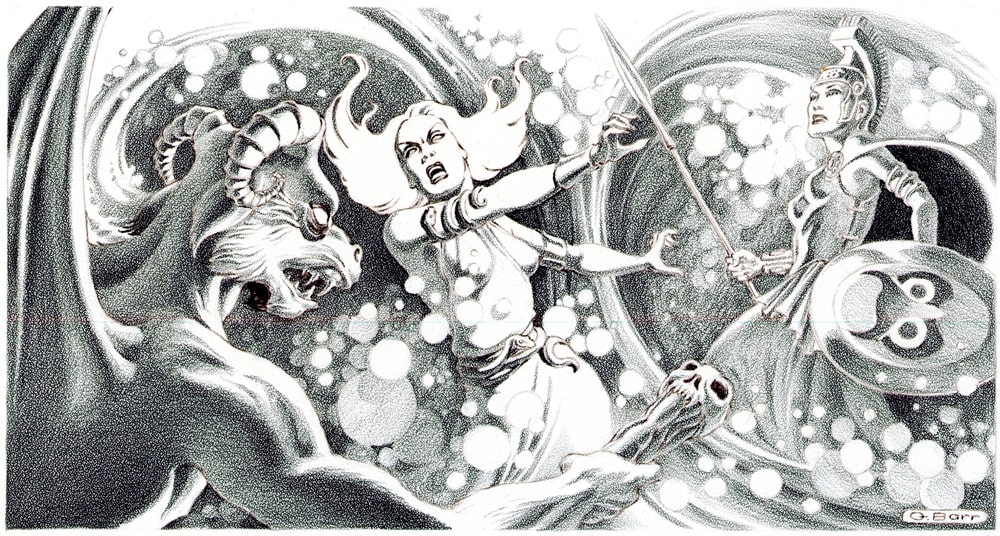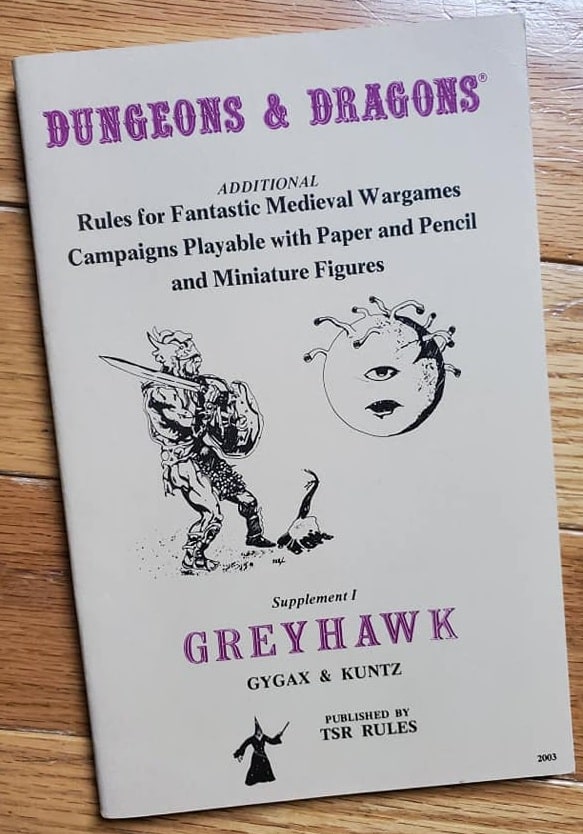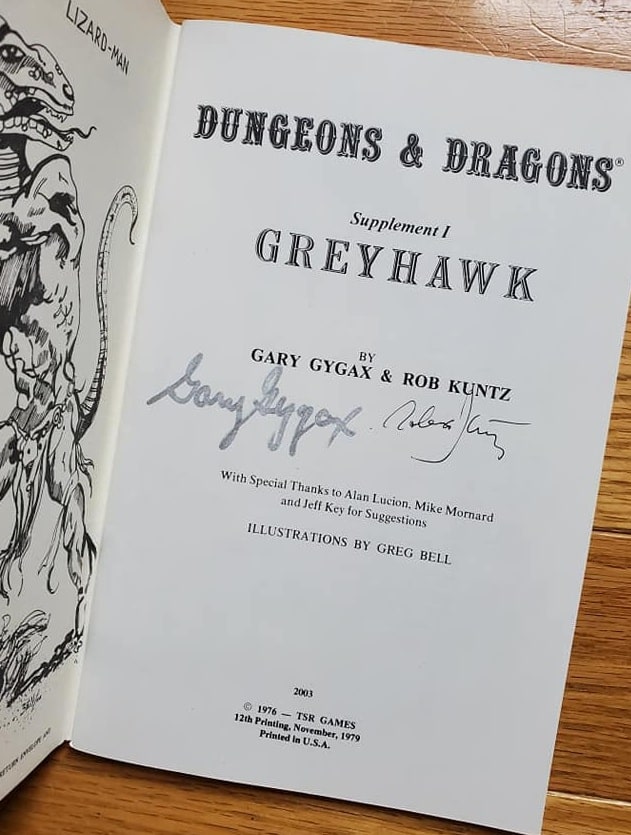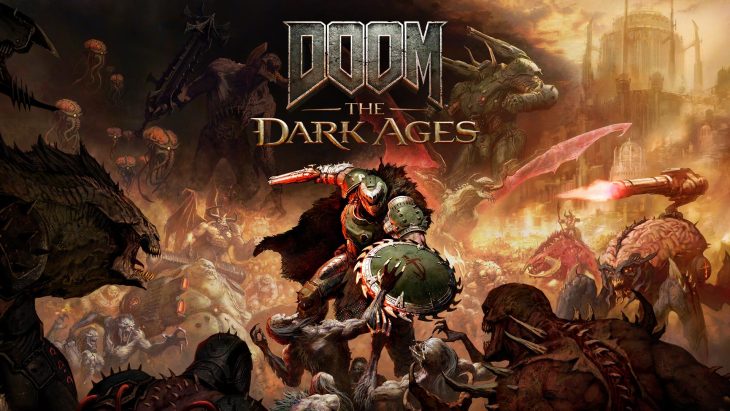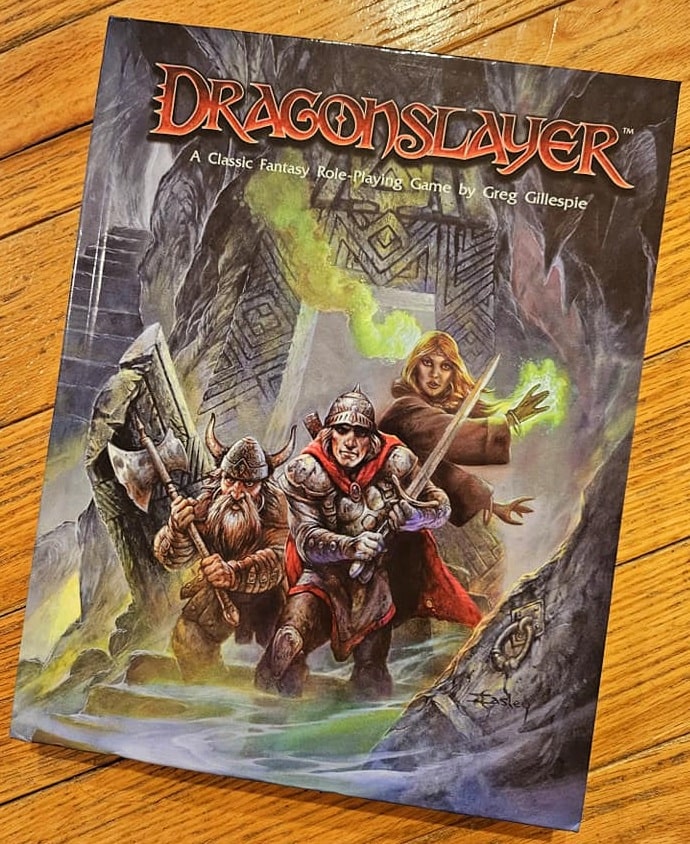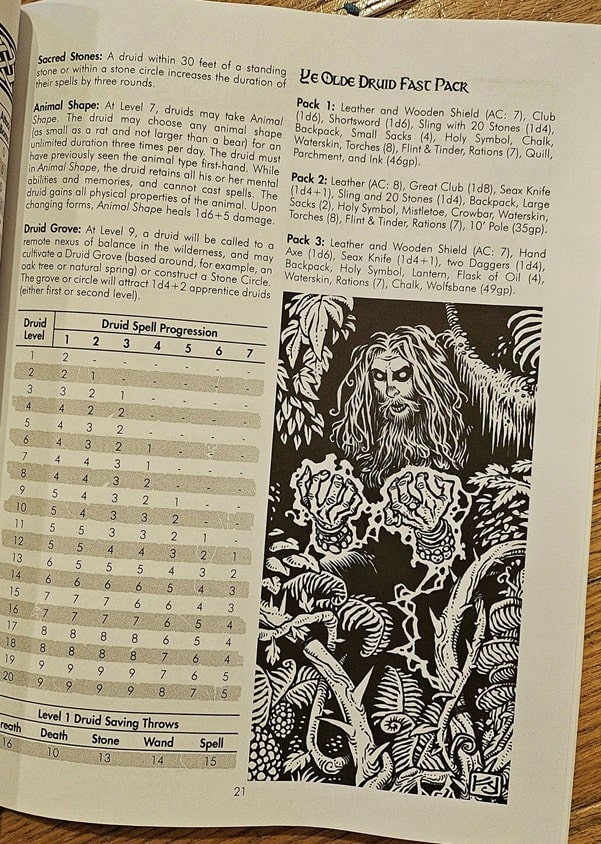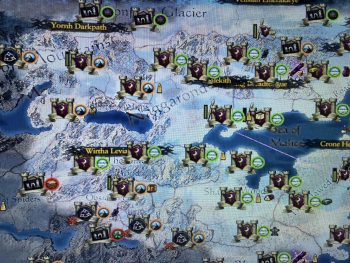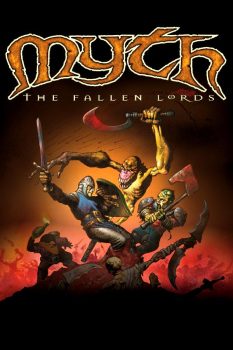Steamed: All My Video-Gaming Posts Here at Black Gate
 I have ‘landing pages’ here at Black Gate which I update when I add a new post to some frequent/favored topic. The Robert E. Howard one is the most active. And I have them for John D. MacDonald, Nero Wolfe, Douglas Adams (with help from friends), and Sherlock Holmes on Screen.
I have ‘landing pages’ here at Black Gate which I update when I add a new post to some frequent/favored topic. The Robert E. Howard one is the most active. And I have them for John D. MacDonald, Nero Wolfe, Douglas Adams (with help from friends), and Sherlock Holmes on Screen.
Steamed was a site-wide video game column I thought up in 2020 that never caught…got traction. But I still talk about gaming sometimes, so I wanted a landing page for it, too. Here’s the introductory column, which was another of my Black Gate World Headquarters posts.
Folks might disagree, but I think I’m channeling my inner Douglas Adams pretty darn well with these BG World HQ posts. They make me smile. And links to my other gaming posts follow. As the picture shows, I think you can envision Black Gate World HQ posts in a Hudsucker Proxy vein. I do when I write them.
The pay phone on the wall by the door into the dungeon…cellar…basement…journalist’s suite below Chicago’s permafrost layer rang at the Black Gate World Headquarters. I vaulted over the wood plank that rested on two sawhorses, which served as my desk. The last person who hadn’t answered before the third ring had been sent downstairs. ‘Downstairs’ was rumored to be the lair of a beast that Conan wouldn’t be able to defeat.
